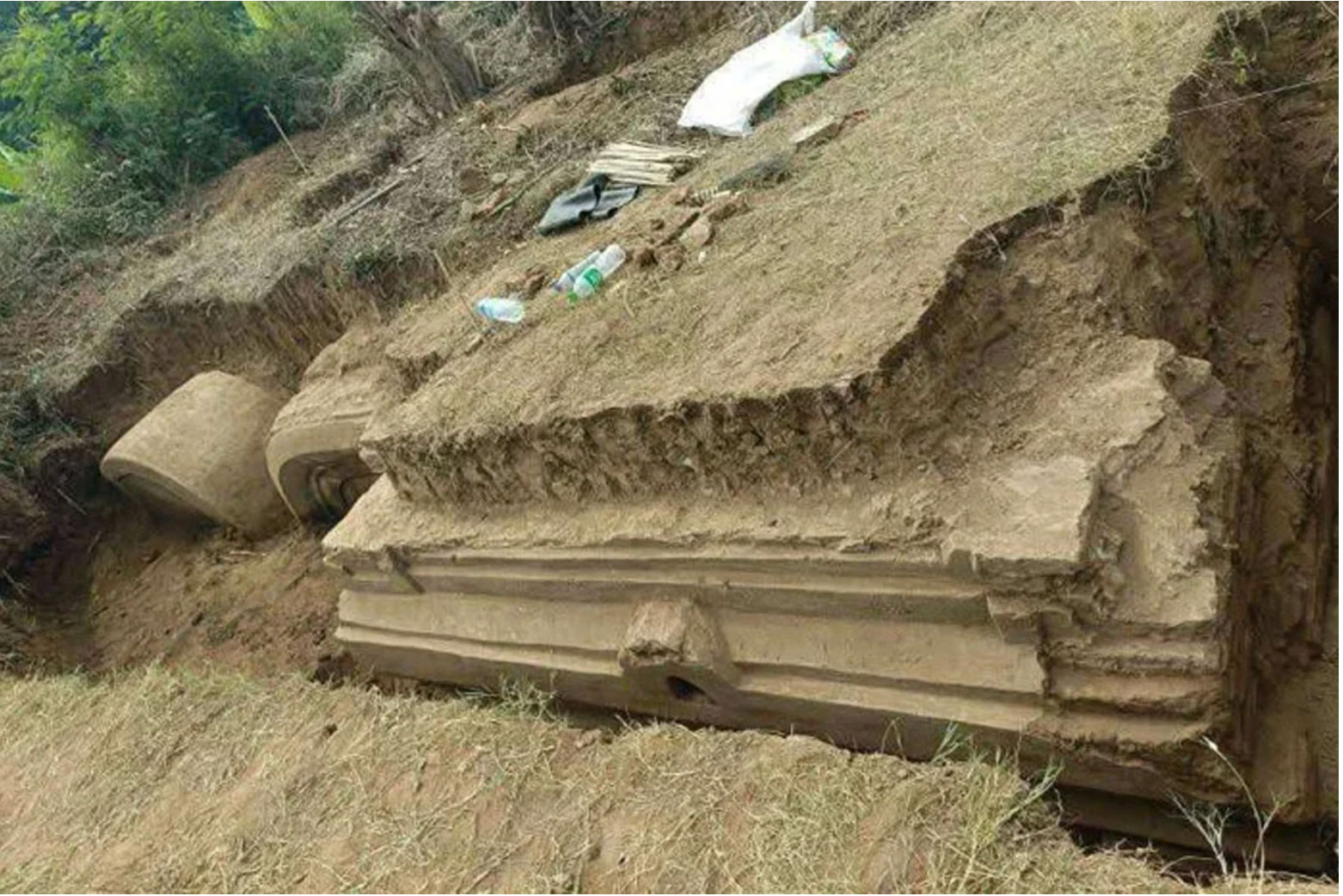Earth Quake Uncovers Ancient Royal Structures
The discovery of the ancient royal structures is a significant find, providing a glimpse into the history and culture of the Konbaung Dynasty and the imperial capital of Ratnapura Ava, and is expected to be an important addition to the cultural and historical heritage of Myanmar.

A massive 7.7-magnitude earthquake in Myanmar has unearthed the ruins of a possible water palace from the Konbaung Dynasty era in Inwa, a town in central Myanmar, revealing foundational structures, stairways, and pavilions believed to have been used for royal ceremonies.
The ruins are located near the historic city of Inwa, formerly known as Ratnapura Ava, which served as an imperial capital for successive Burmese kingdoms between the 14th and 19th centuries. Archaeologists believe the structure may have been a water palace used for royal ceremonies, matching illustrations in ancient palm-leaf manuscripts.
The site was previously discovered in 2009, but the recent earthquake has revealed additional parts of the structure, which are expected to be excavated and preserved. The Konbaung dynasty was the last to rule Burma before it was annexed by the British Empire in 1885, and this discovery provides a unique opportunity to learn more about the history and culture of the region.
Excavations are planned to shed more light on the use and origins of the structure, and the discovery is expected to be an important addition to the cultural and historical heritage of Myanmar, providing valuable insights into the lives of the royal families and the history of the region.